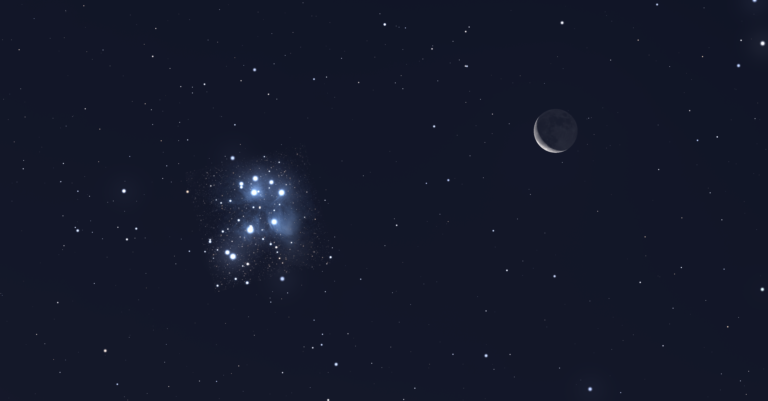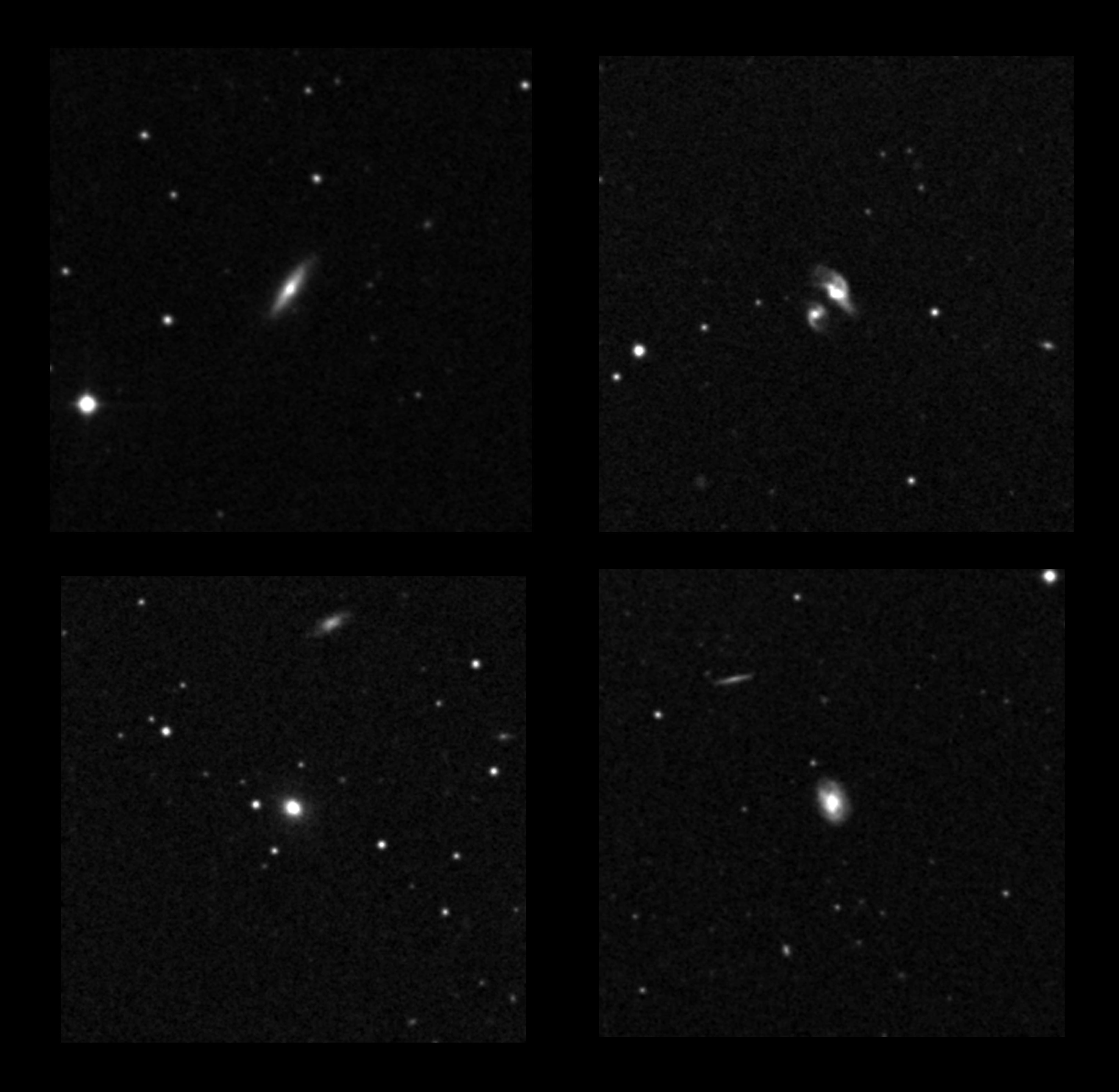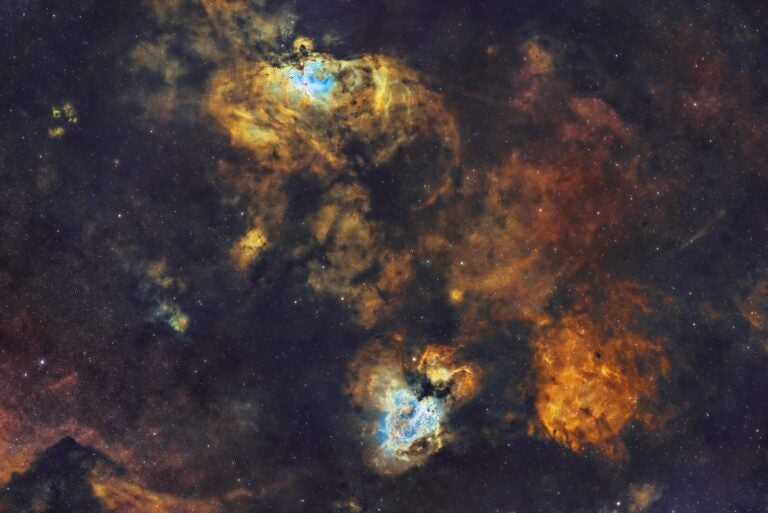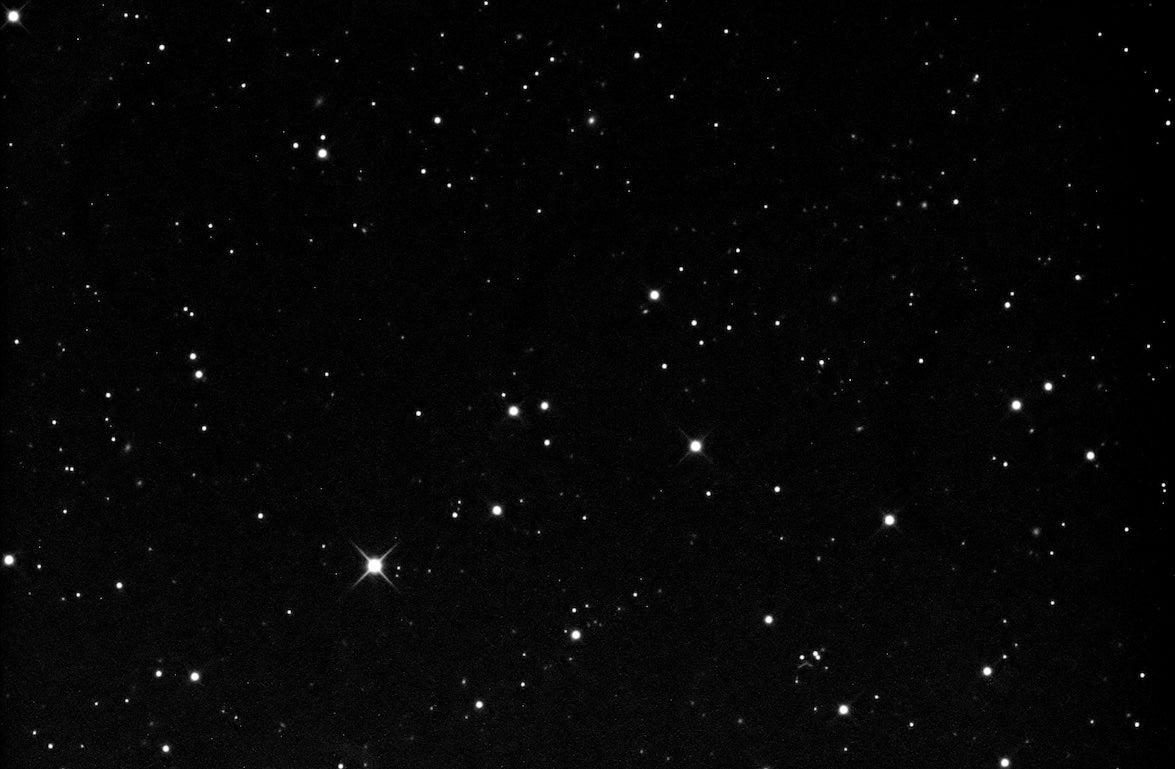
Some deep-sky observers prefer viewing intricate features in emission nebulae or star clusters within the Milky Way. Others seek out faint structures in distant galaxies. Alas, the quasar 3C 273 can’t compete on those terms.
What 3C 273 offers instead is the chance to see the most distant object visible through a modest telescope. The photons that travel down your scope’s tube and into your eyeball left 3C 273 some 2 billion years ago, around the time complex life first appeared on Earth. Although you won’t discern any detail in the quasar, the mere sight of its light should thrill even the most jaded observer.
Tricks of the trade
3C 273 glows at magnitude 12.9, which puts it within range of a 6-inch telescope on an especially good night. An 8-inch instrument provides more leeway, particularly if you’re quasar hunting for the first time.
A few tips make the task easier.
First, choose an observing site far removed from the lights of the city. Even a nearby streetlight or a neighbor’s security light can doom your effort.
Second, pick a night when the Moon is out of the sky. Our satellite’s natural light pollution spoils the view just as much as civilization’s artificial variety.
Third, select a night when 3C 273 rides high in the sky. Looking through thicker layers of atmosphere when an object lies closer to the horizon dims it, and you want as many photons making their way to your telescope as possible.
The quasar resides in western Virgo the Maiden, a region that lies fairly low in the east as morning twilight begins in November. A couple of months make a big difference, however. 3C 273 peaks in the south before dawn in January and at progressively earlier times as the year advances. It’s up all night and highest around midnight during April.
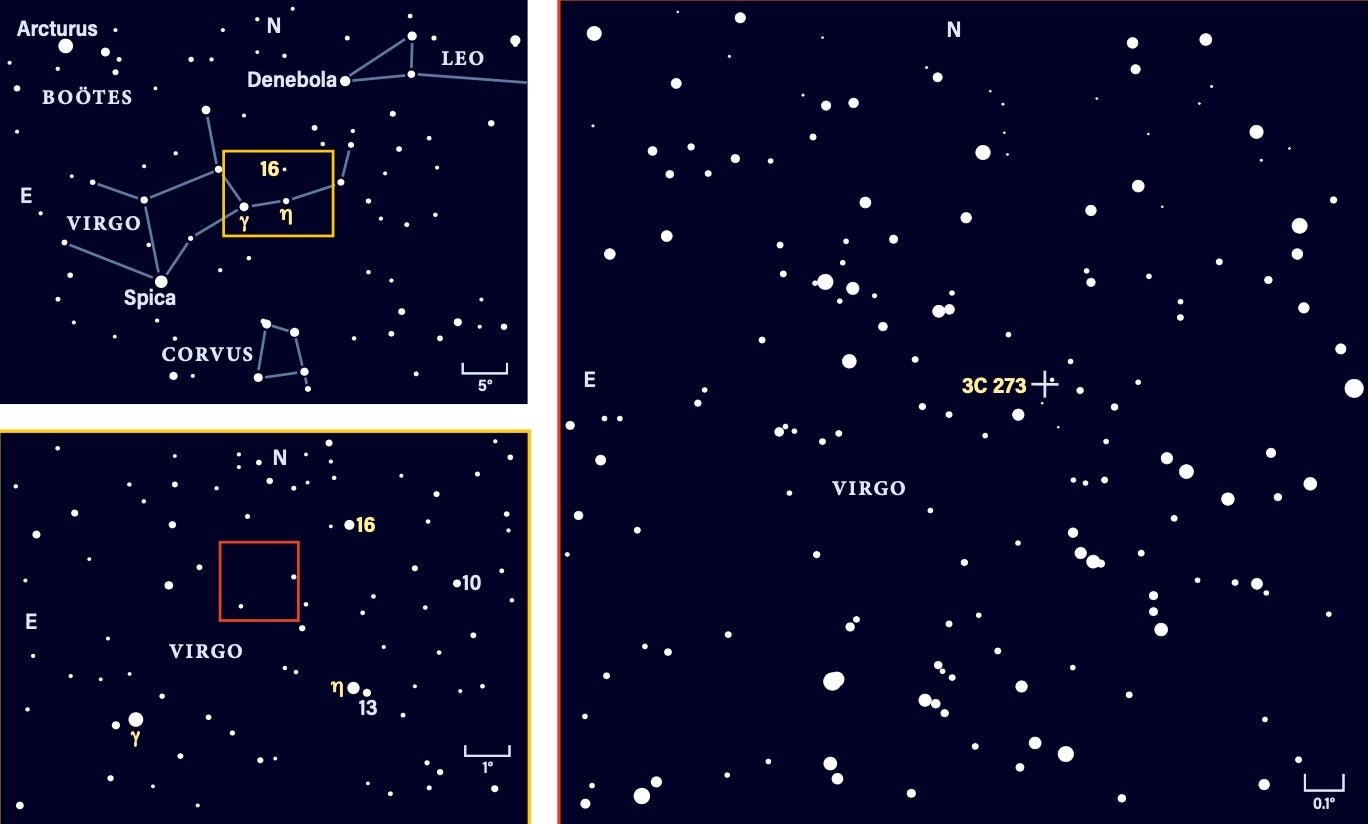
Zeroing in on 3C 273
The final trick to identifying the quasar is knowing precisely where to look. The charts above will take you there step by step. All the maps show north at top and east to the left. This means the naked-eye and binocular fields match what you will see when 3C 273 lies due south. If your telescope reverses the image and puts south at top, turn the magazine upside down to match the view. Even if you have a go-to scope, you’ll need the detailed telescopic map to identify which dot in the field is 3C 273.
The map above at top left shows a wide-field naked-eye view of the area down to magnitude 5.0. First, identify Virgo’s luminary, 1st-magnitude Spica, and Leo the Lion’s second-brightest star, 2nd-magnitude Denebola. Next, focus your attention roughly halfway between these stars on a trio of fainter suns: 3rd-magnitude Gamma (γ), 4th-magnitude Eta (η), and 5th-magnitude 16 Virginis. This region shows up best in the binocular field above at lower left, which reveals stars as faint as magnitude 8.0.
3C 273 lies 2.5° southeast of 16 Vir. I find it easiest to start at this 5th-magnitude sun because the stars along the way to the quasar form more conspicuous patterns. The large telescopic view above at right shows objects to magnitude 13.5, faint enough that you shouldn’t have much trouble homing in on 3C 273. Look for a closely spaced trio of stars forming a right triangle. The starlike quasar lies halfway along this triangle’s hypotenuse. Don’t confuse it with a slightly fainter sun just to its west.
Once you’ve found 3C 273, take a moment to ponder what you’re seeing: light that began its journey long before dinosaurs roamed Earth and ended by tickling the delicate rods and cones in your eye.





